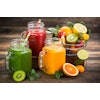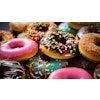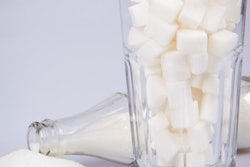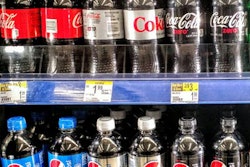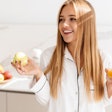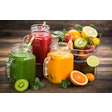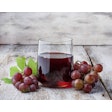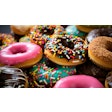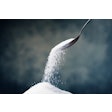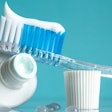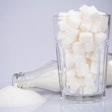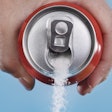
Sugary drinks accounted for almost two-thirds of children's drink sales in 2018, according to a report published on October 16. Beverage manufacturers also spent millions of dollars advertising sugar-sweetened beverages to children last year.
Researchers analyzed sales, nutrition, and marketing data from the top-selling children's drinks in 2018. The findings show a dichotomy between sugary drink manufacturers' marketing practices and their stated desire to help prevent diseases, the authors noted.
“You shouldn't have to be a nutritionist to figure out whether or not a product is healthy for your child.”
"Beverage companies have said they want to be part of the solution to childhood obesity, but they continue to market sugar-sweetened children's drinks directly to young children on TV and through packages designed to get their attention in the store," lead report author Jennifer Harris, PhD, MBA, director of marketing initiatives at the University of Connecticut Rudd Center for Food Policy and Obesity, stated in a press release. "Parents may be surprised to know that pediatricians, dentists, and other nutrition experts recommend against serving any of these drinks to children."
Sugar-sweetened beverages represent the majority of added sugars consumed by children, and these drinks can contribute to obesity, dental caries, and other critical health concerns. Sugary drinks include soda and also fruit drinks and flavored water, which are commonly marketed to children.
The researchers analyzed the nutrition content, on-package marketing, and advertising of drinks intended for children. Their report, titled "Children's Drink FACTS 2019," included 67 different types of sweetened and unsweetened children's drinks from 23 drink brands.
Sweetened fruit drinks and flavored waters represented 62% of the $2.2 billion in children's drink sales in 2018, the researchers found. The vast majority of these sweetened beverages contained no juice, and just one serving of drinks from popular brands contained more than half of the recommended daily limit of added sugars for children.

Unsweetened drinks only accounted for 38% of children's drink sales in 2018. Drinks that blended fruit juice and water were the healthiest drinks for children, the researchers found. These drinks contained no added sugars or artificial sweeteners, and they were lower in calories and sugars than 100% fruit juices.
In addition, the packaging of sweetened and unsweetened drinks looked similar, despite differences in their nutritional values. Even brands that manufacturer both types of beverages used similar fruit images, flavor names, and claims on their sugar-sweetened and unsweetened drinks. This can make it hard for consumers to identify healthier beverages, the researchers noted.
"The fronts of the packages make children's drinks look healthy, but there's no way to know which ones have added sugars or low-calorie sweeteners reading the front," stated report author Maria Romo-Palafox, PhD, RD, an assistant professor of nutrition and dietetics at Saint Louis University. "You have to read the nutrition facts panel on the back, and you have to know the names of low-calorie sweeteners, such as acesulfame potassium and sucralose, to realize they are in the product."
The report authors suggested that the U.S. Food and Drug Administration (FDA) regulate images on drink packaging so that fruit cannot be used on drinks that contain little or no juice. They also recommended that states implement a tax on sugary drinks and that beverage manufacturers indicate on the front of the packaging when a children's drink contains added sugars or artificial sweeteners.
"You shouldn't have to be a nutritionist to figure out whether or not a product is healthy for your child," Romo-Palafox stated.

